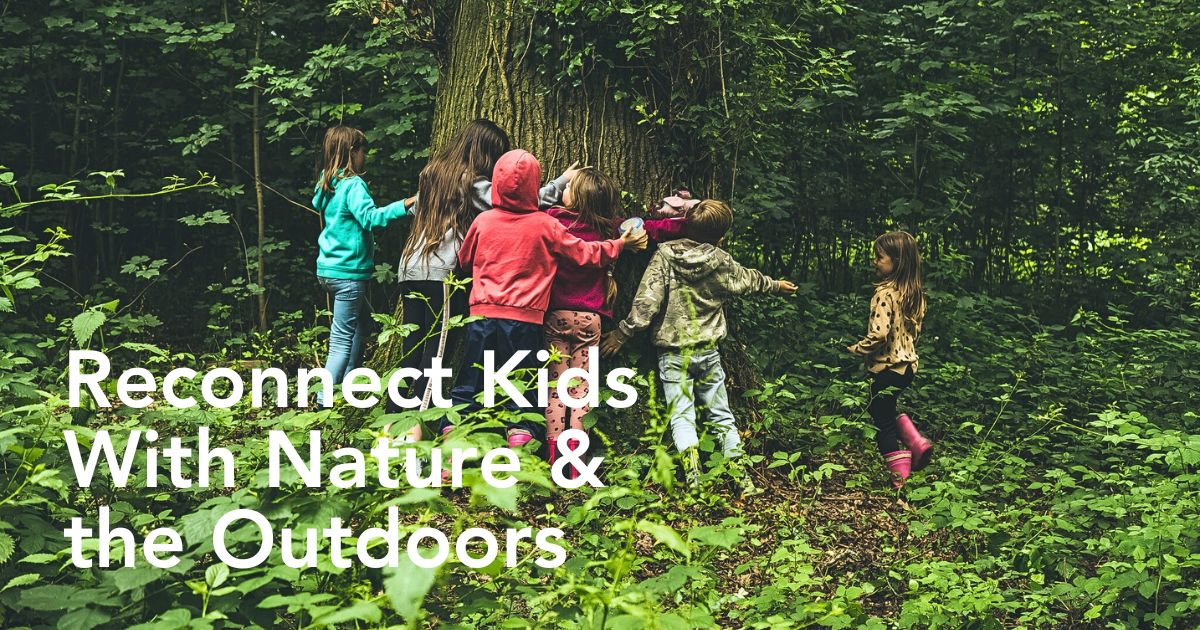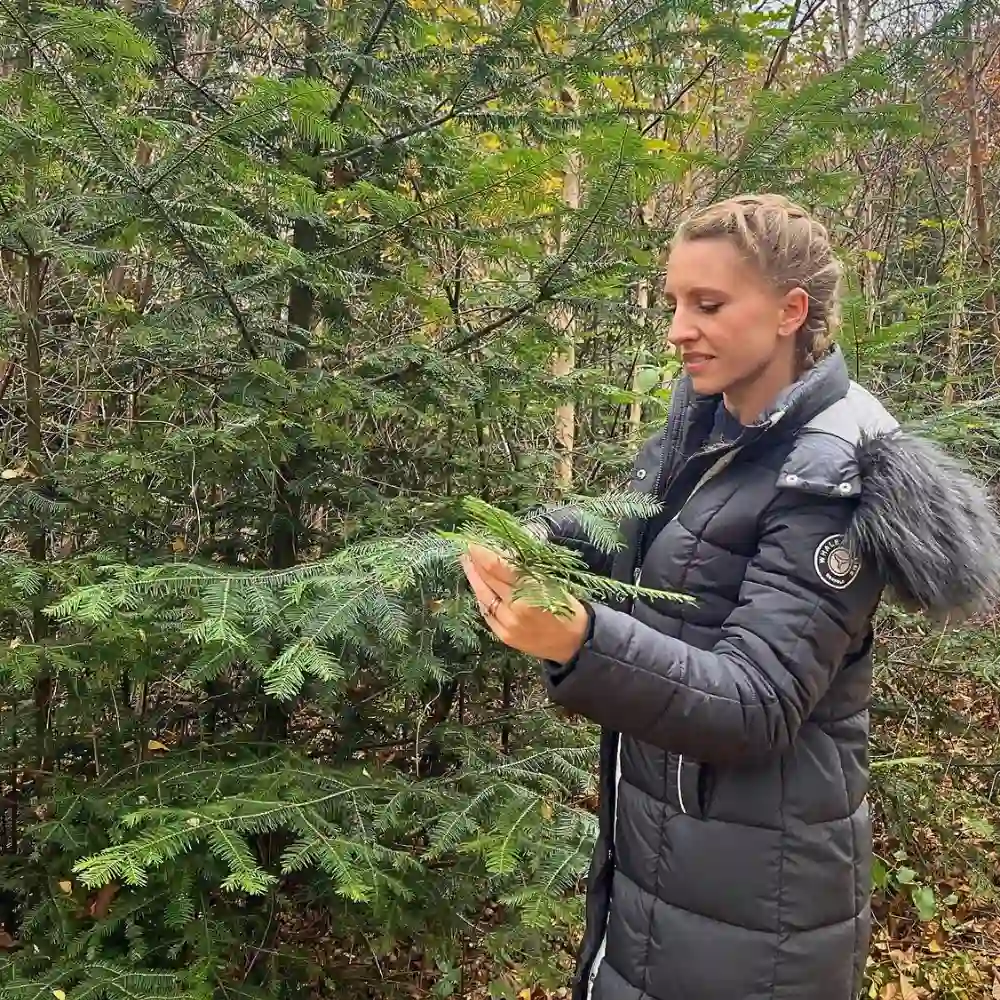Technology and urbanization increasingly dominate the world today, hence, there is a growing need for reconnecting children with the natural world. This sentiment has seen the rise of the forest school movement, which has gained significant traction globally over the past few decades. The movement’s ideals are enshrined in forest school associations, and other organizations keen on promoting and sustaining outdoor learning and child development.
Just for a comprehensive definition, forest schools can be said to be an alternative education model that takes place almost exclusively outdoors. Also known as forest kindergartens, outdoor nurseries, or nature schools, they provide a playful and holistic approach to learning for younger students of, practically, all ages. The concept originated in Scandinavia, and gained popularity in the UK in the 1990s, due to a renaissance of interest in outdoor learning. There's, nonetheless, a lot more to learn about this unique model.
How Did Forest Schools Originate and Develop?
Ella Flautau, a Danish educator and naturalist established the first form of forest school in Denmark in the 1950s. Her unofficial daycare center, which involved gathering neighborhood children together in a forest, inspired the creation of the first 'forest kindergarten'.
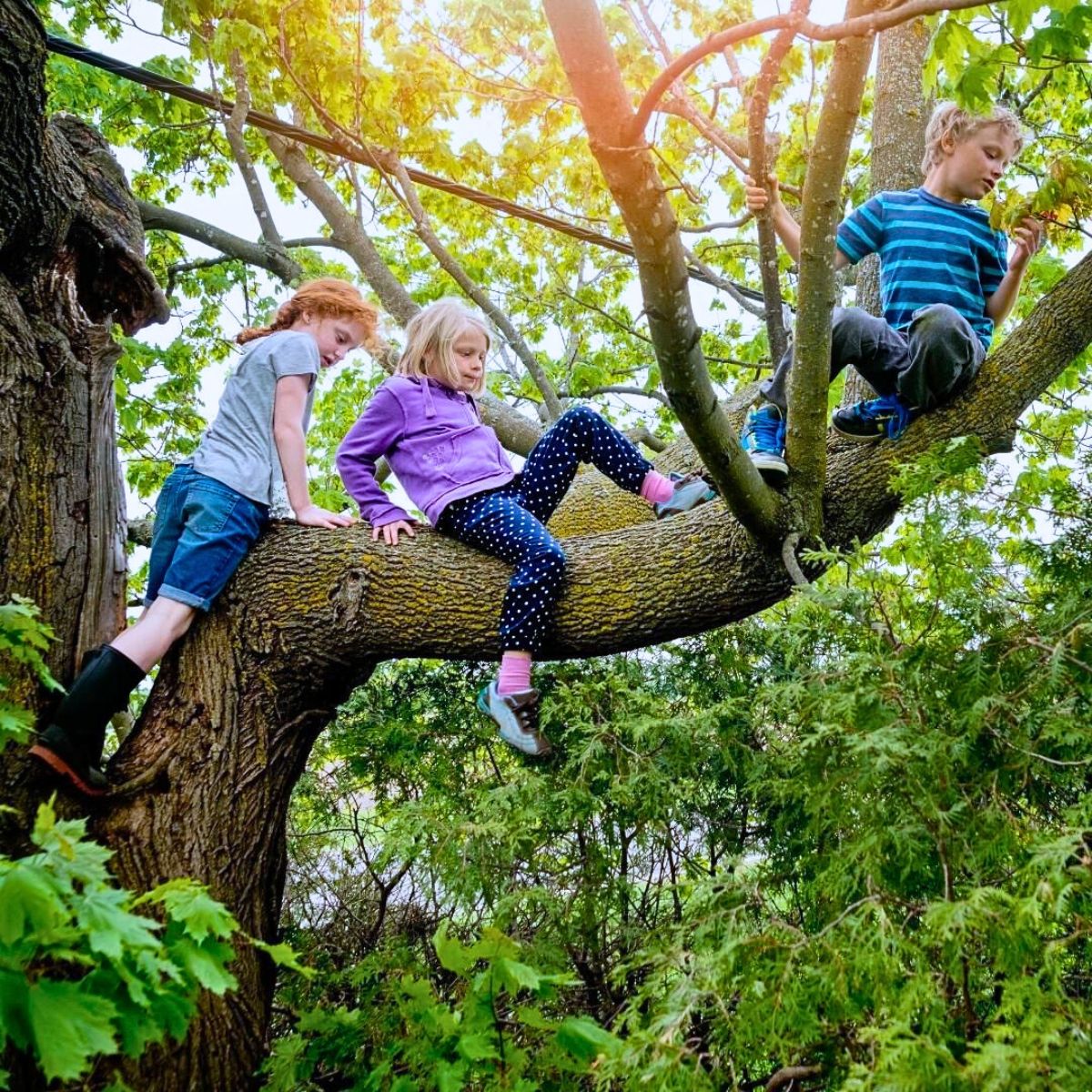
Photo by @forestschoolseducation
At around the same time, Gösta Frohm, a Swedish ex-military man — at the Swedish Outdoor Association (Friluftsfrämjandet) — developed the Skogsmulle (forest mule) program. This was a series of fictional characters designed to teach children about nature. Forest schools based on Frohm's model were also called 'Rain or Shine Schools'.
But it is Siw Linde, a pharmacist-turned-early-childhood educator, who founded the first I Ur och Skur, Rain or Shine School in 1985. Worth mentioning, however, is that Scandinavia's open-air culture, or 'friluftsliv' (or ‘free air life’) largely informs the forest school's philosophy that the outdoors is integral to learning. The concept, basically, gained traction, with Denmark adopting forest schools (Naturbornehavens) more widely and Sweden enhancing its Skogsmulle idea.
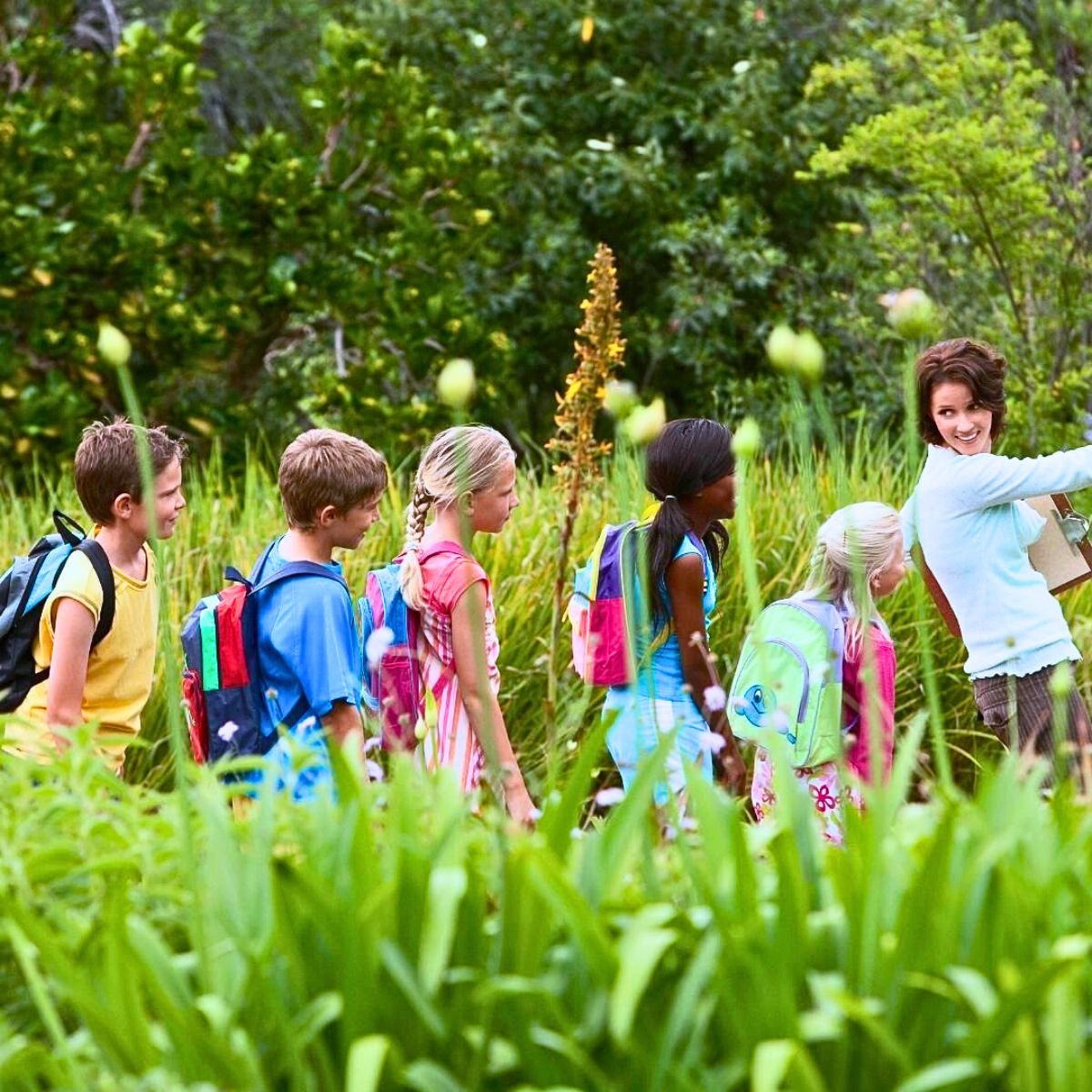
Photo by @forestschoolseducation
Even so, the same concept dubbed 'waldkindergarten' or 'waldkitas', in Germany, had also spread in the country in the 1960s, and by 2005 there were approximately 450 forest kindergartens. The first forest kindergarten recognized as a state-supported daycare opened in Germany in 1993, and the popularity of the concept has grown ever since.
Forest kindergartens are now widespread and found across the world, including in countries like Australia, Canada, New Zealand, the USA, Italy, Japan, China, Malaysia, Switzerland, Spain, Ireland, and the UK.
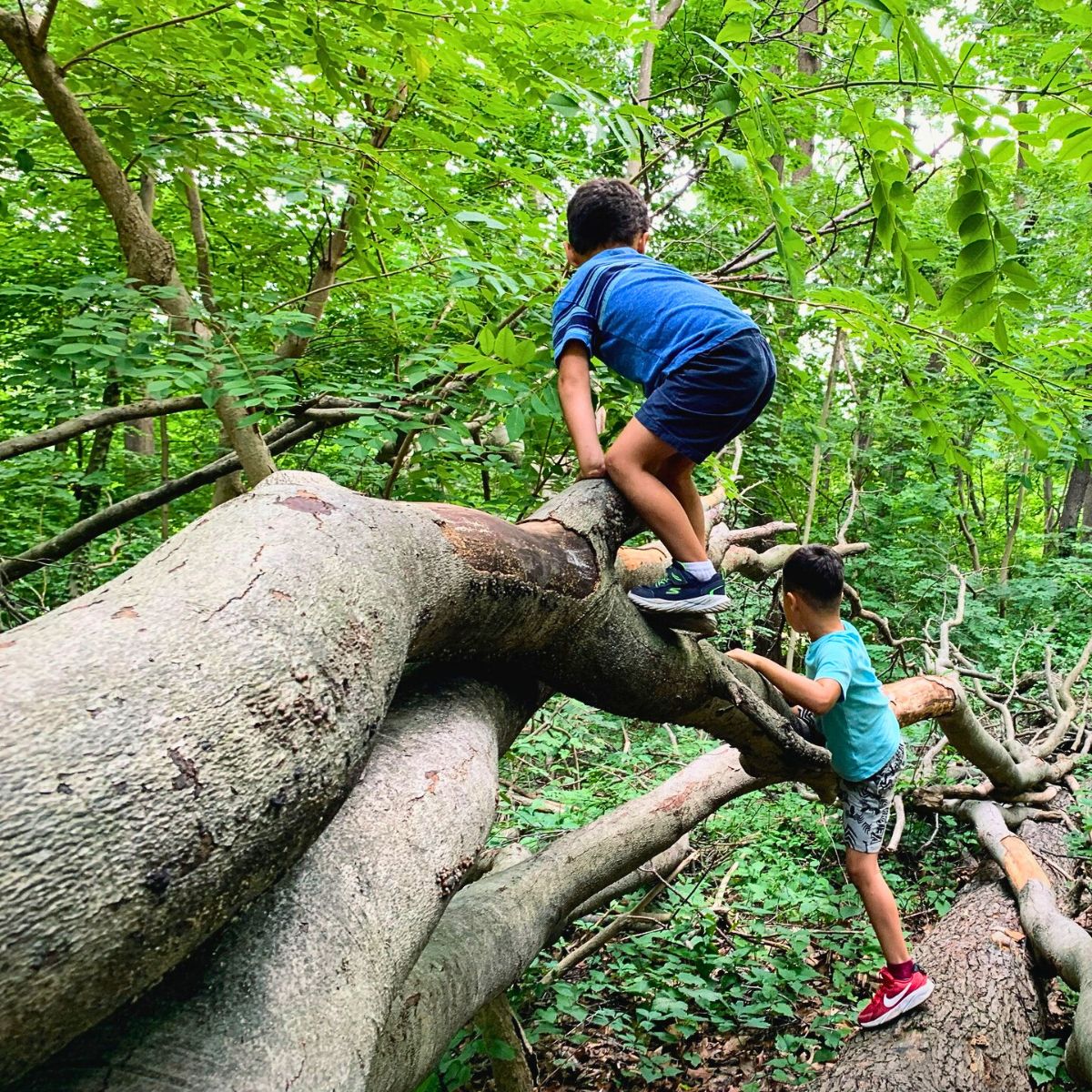
Forest School Movement in the UK
In the UK, the forest school movement can be traced back to the 19th century, as well as philosophers, naturalists, and educators such as Wordsworth, Ruskin, and Baden Powell. Here, educational trends in the 1970s and 1980s, which prioritized teacher-led learning and the introduction of the national curriculum, led to the development of alternative educational models. The movement, as a result, emerged in response to this teacher and outcome-centered approach, as well as the growing concern about a lack of outdoor experiences for children.

In 1993, a group of nursery nurses from Bridgewater College in Somerset, visited Denmark to learn about their pre-school system. Still inspired by the Scandinavian culture of open-air learning, the nursery nurses implemented the pedagogy into the college crèche, and the approach was so successful that in 1995 the college developed a course in forest school, which was offered to early-year practitioners.
The concept of forest schools, thereafter, quickly caught on and spread across the UK, where the Forest School Association (FSA) was founded in 2012. It intended to promote best practices, provide training and support, and establish forest schools as a recognized and respected approach to outdoor education.
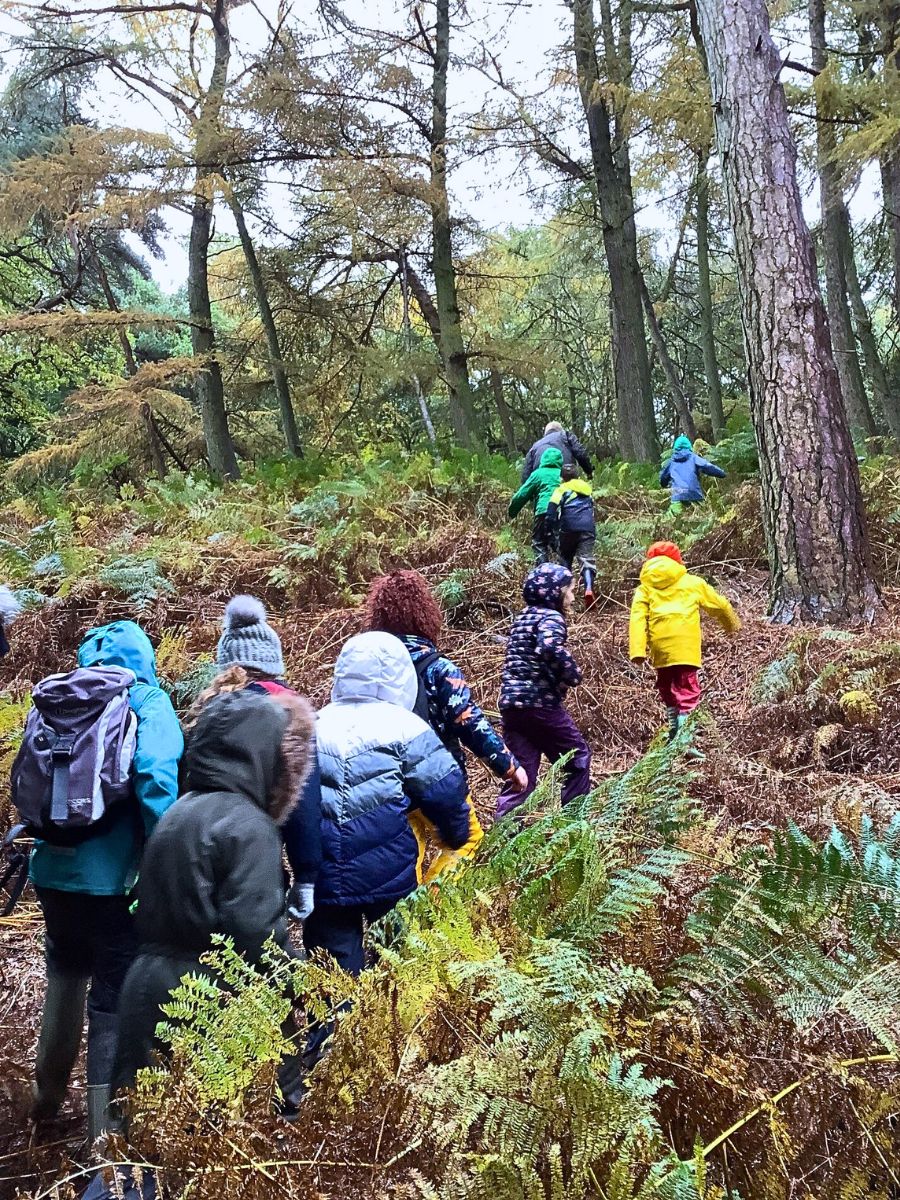
Generally, the FSA oversees training and encourages best practices for the forest schools’ concept in the UK. In the country, it defines a forest school as a child-centered inspirational learning process that offers opportunities for holistic growth through regular sessions held over a long period. Learner-inspired, hands-on experiences are at the core of this approach, which aims to develop confidence and self-esteem.
FSA, also, continues to support the development of forest schools across the country, producing resources for members such as videos and guides, as well as detailing recognized forest school providers and trainers, certifying that they meet the required standards. FSA-recognized forest school providers must adhere to some key principles that govern its philosophy. These reinforce the quality of provision and uphold the concept's integrity. The association also highlights the research supporting the educational outcomes, which demonstrates the approach's benefits.
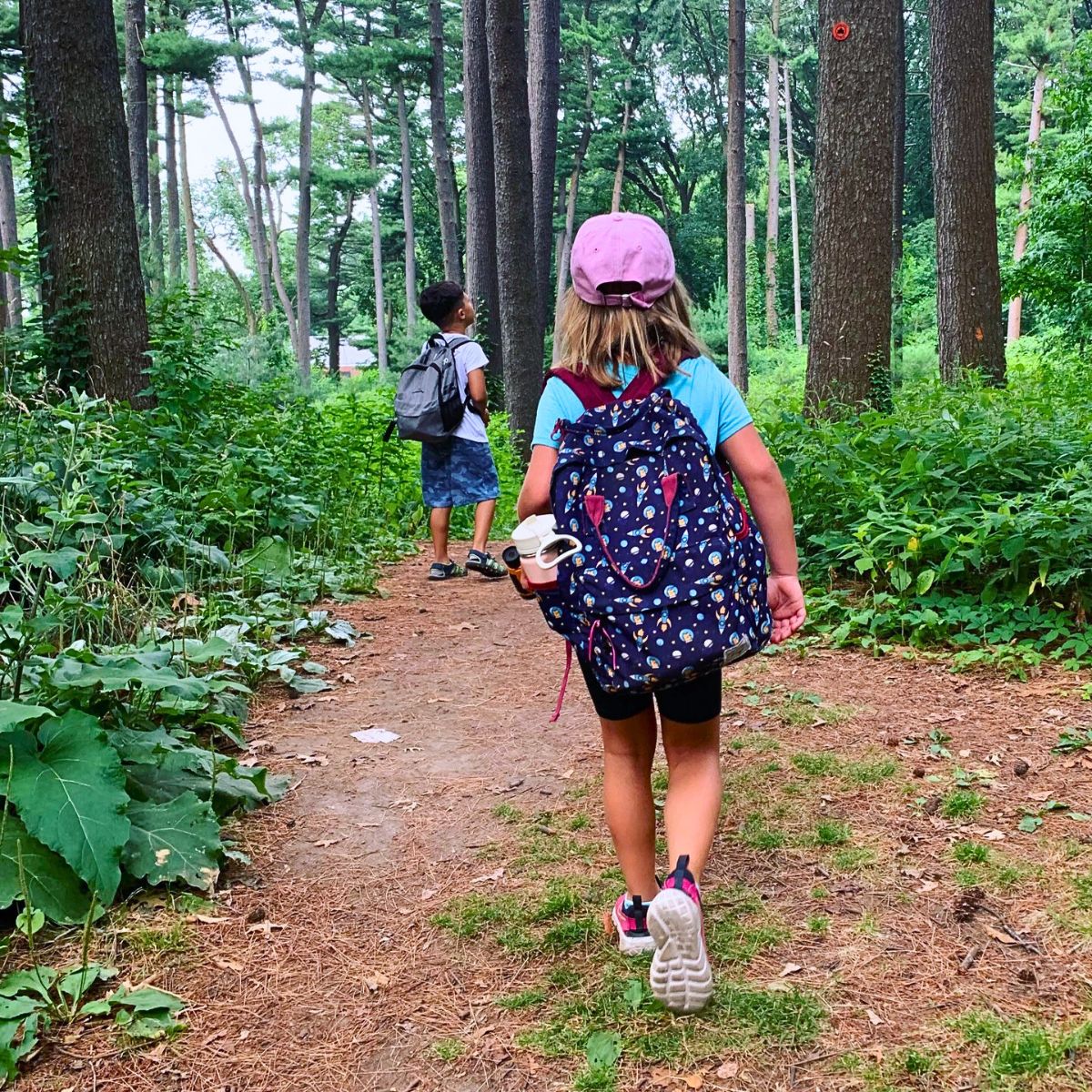
The Key Principles of Forest Schools
The forest school approach is guided by six key principles that govern its implementation and distinguish it from other forms of outdoor education. These principles emphasize the importance of play, exploration, supported risk-taking, and a strong connection with the natural environment. Aside from that, the forest schools are run by competent practitioners who maintain and develop their professional practice and adhere to the right adult-to-child ratios that ensure learners are sufficiently supported.
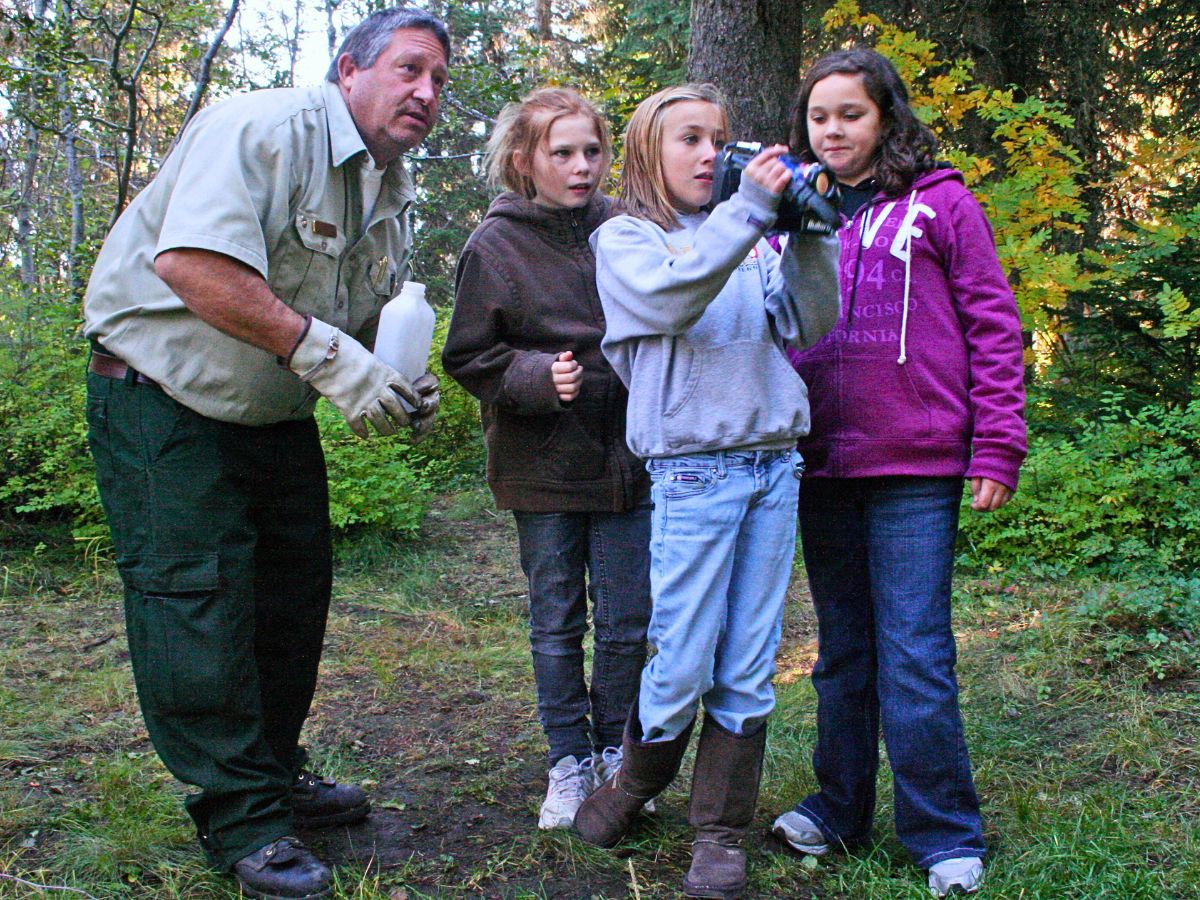
Photo by U.S. Forest Service - Pacific Northwest Region
The guiding principles are:
- Forest schools are a long-term process, with regular sessions occurring over an extended period, rather than one-off visits
- Sessions take place in a natural woodland or similar environment to foster a connection between the learners and the natural world
- Forest schools use a range of learner-centered processes to create a community for learning and development
- The approach aims to promote the holistic development of all involved, nurturing resilience, confidence, independence, and creativity
- Forest schools offer learners the opportunity to take supported risks appropriate to the environment and the learners themselves
- A forest school is run by qualified practitioners who continuously maintain and develop their professional practice
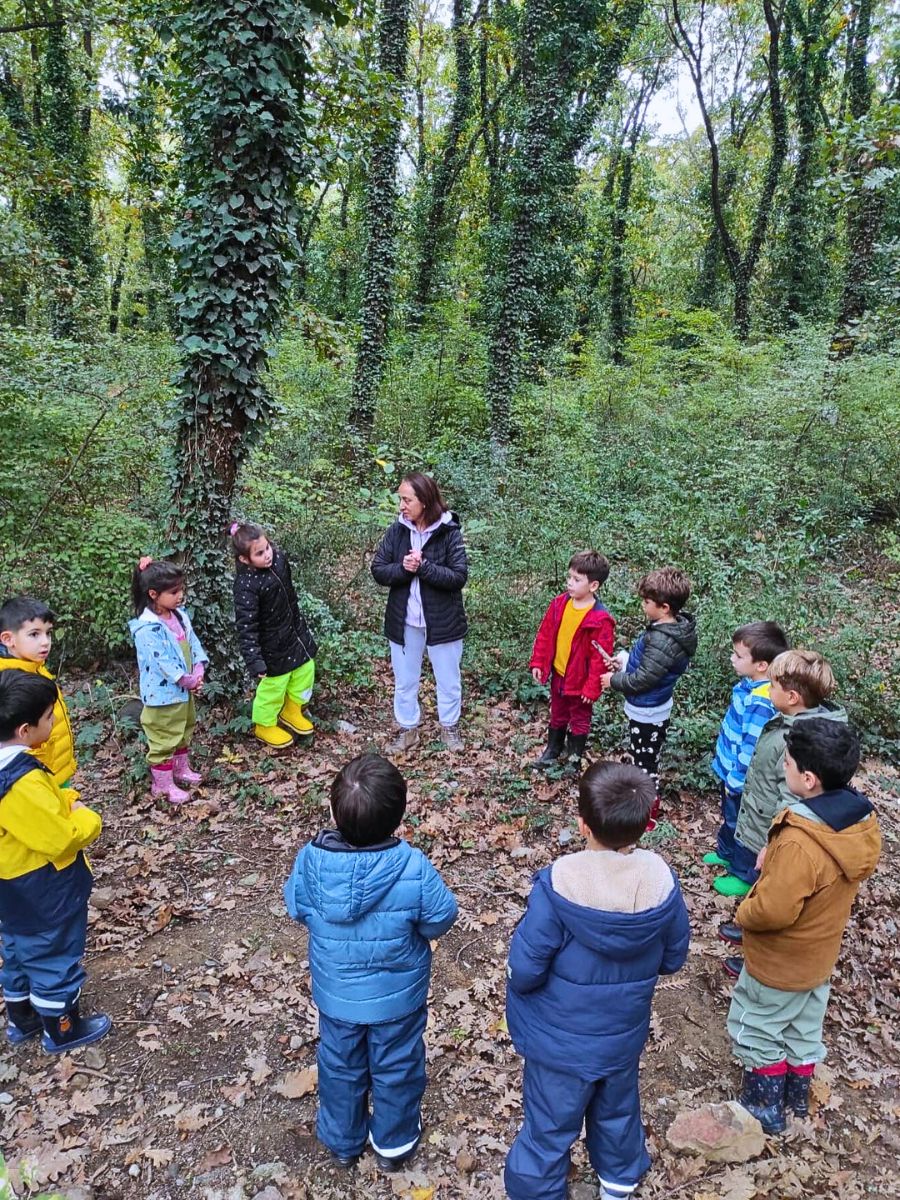
Photo by @pinar.alt.un
The Benefits of Forest Schools
The general nature of forest school benefits learners' emotional, social, physical, and intellectual development and well-being. For instance, the time spent outdoors, embracing all weather conditions, is seen as a positive for learners' health and welfare. The freedom and responsibility afforded to students allow them to take risks, expand their abilities, and build independence, self-sufficiency, and self-esteem.
Also, forest school sessions encourage self-reflection, emotional awareness, and the development of social skills through collaborative activities and problem-solving. The children learn to navigate risk, cope with failure, and build resilience in a supportive environment.

Likewise, forest school lessons cover a broad curriculum, including the natural environment, human culture, and geography. The activities done are hands-on and could involve making toys using found objects, learning about the role of trees in nature and society, exploring ecosystems, and identifying local flora and fauna.
What is more, the learners' interests are a key focus, and activities are designed to stimulate their curiosity and creativity. This approach has been shown to benefit children who struggle with low self-esteem, lack motivation, or display challenging behavior in a normal classroom setting. Forest schools also provide a mix of foundation skills for continued personal, social, and educational development.
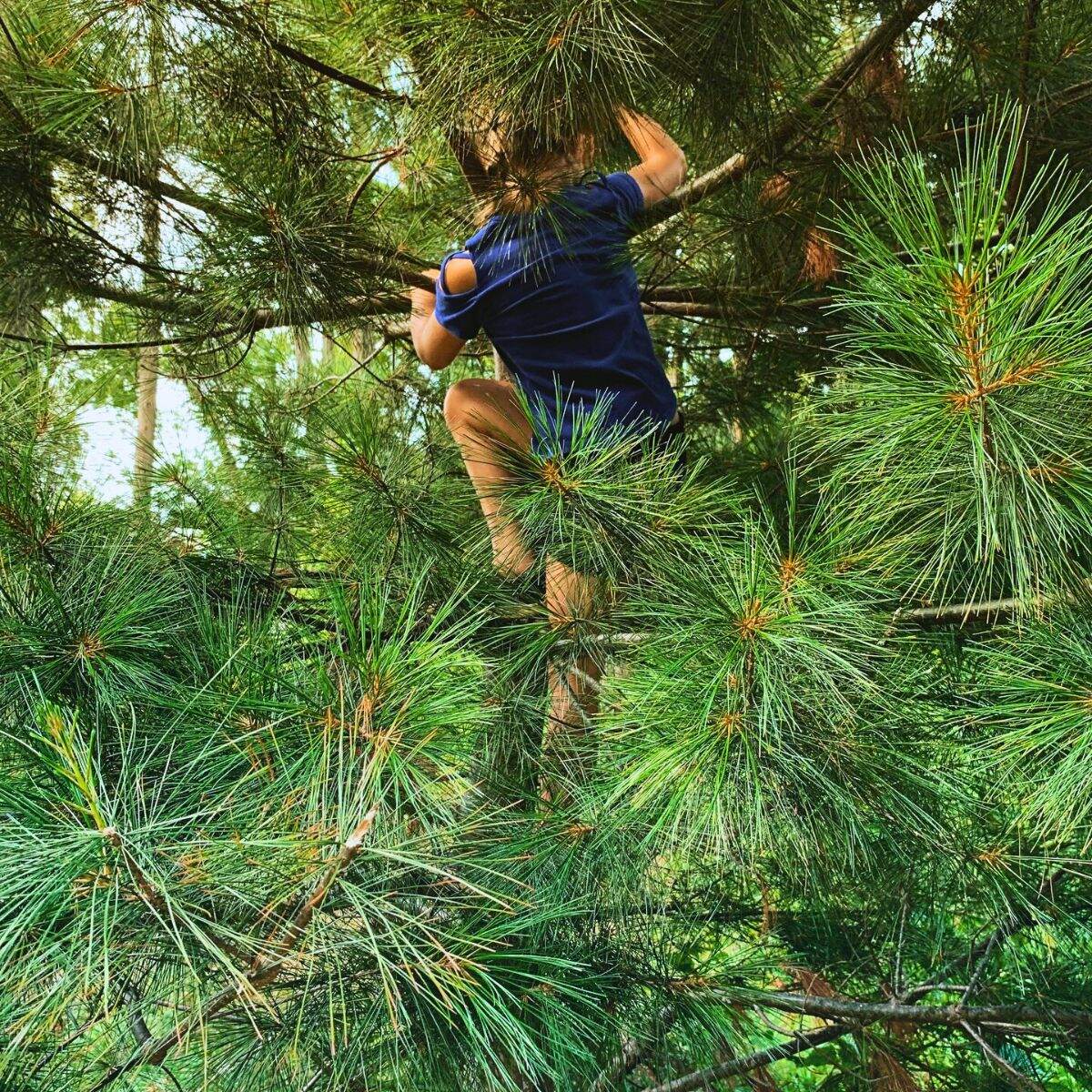
Photo by @forest.explorers.nyc
There are, likewise, physical benefits to forest schools and they include improved physical stamina, balance, and gross motor skills. Risk assessment and problem-solving skills are also developed, along with ecological literacy. Plus, learners' mental health and well-being are improved, with research suggesting that they promote a sense of belonging and connection, which reduces stress and increases patience.
Forest schools’ focus on nature connection has, in addition, had a positive impact on pro-environmental behaviors. When spending extended periods in nature, children develop a greater appreciation and understanding of the natural world, which in turn nurtures a sense of curiosity, a connection to the environment, and a desire to protect and care for the natural spaces around them.
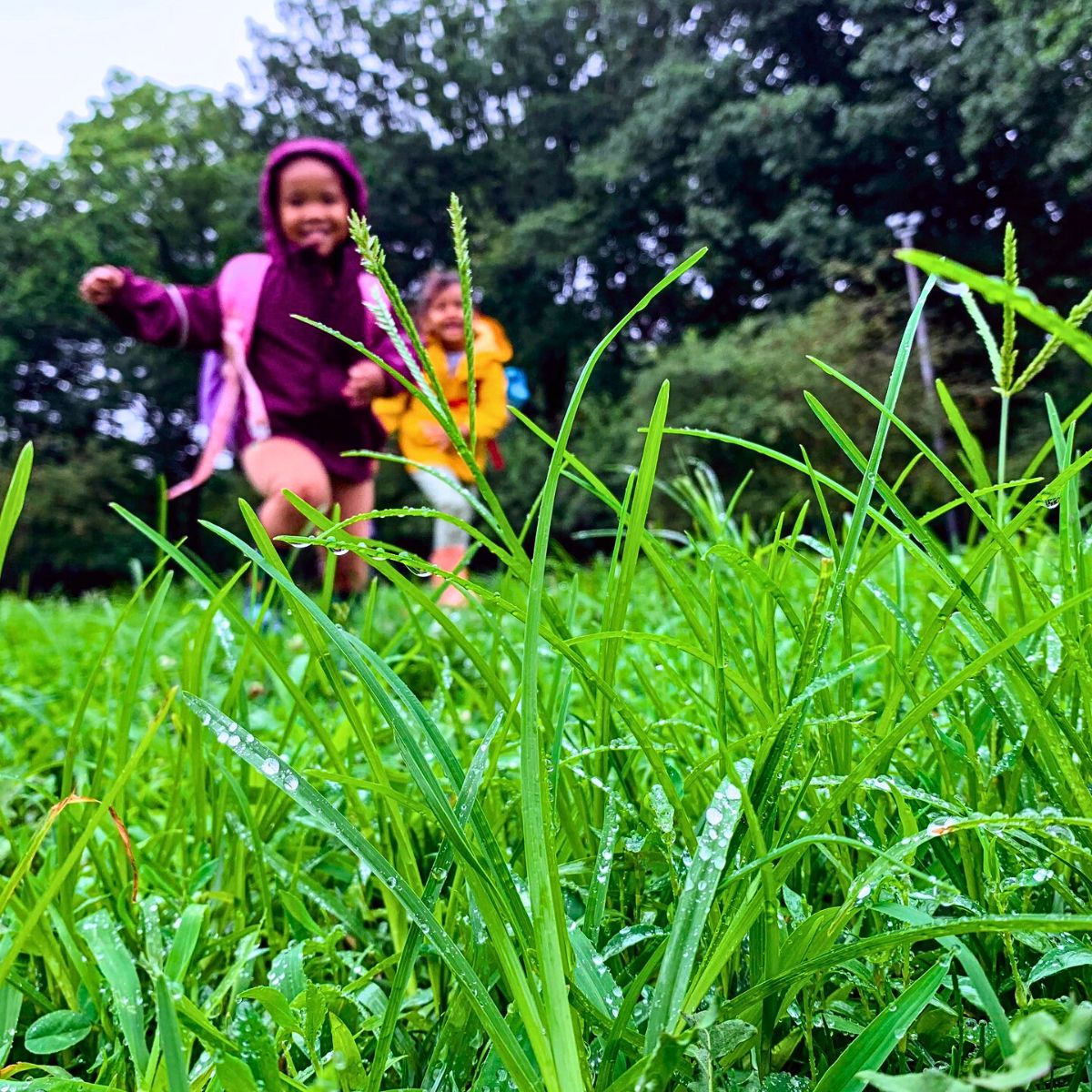
Photo by @forest.explorers.nyc
Accordingly, with evidence suggesting that the duration and frequency of forest school visits enhance its benefits, there is a clear case for wider adoption of the concept. These schools should be integrated into education systems and provisions made for sessions to take place all through the year.
Why Forest Schools Matter
In an era of increasing urbanization coupled with technology, screen addiction, and environmental degradation, forest schools offer a vital antidote. In reconnecting children with nature, they help fight the growing epidemic of nature deficit disorder. Rather than solely focus on technology and trending fads, through the forest schools, kids get to know more about nature, their environment, and the natural world. These are concepts that are so important to the earth's well-being.
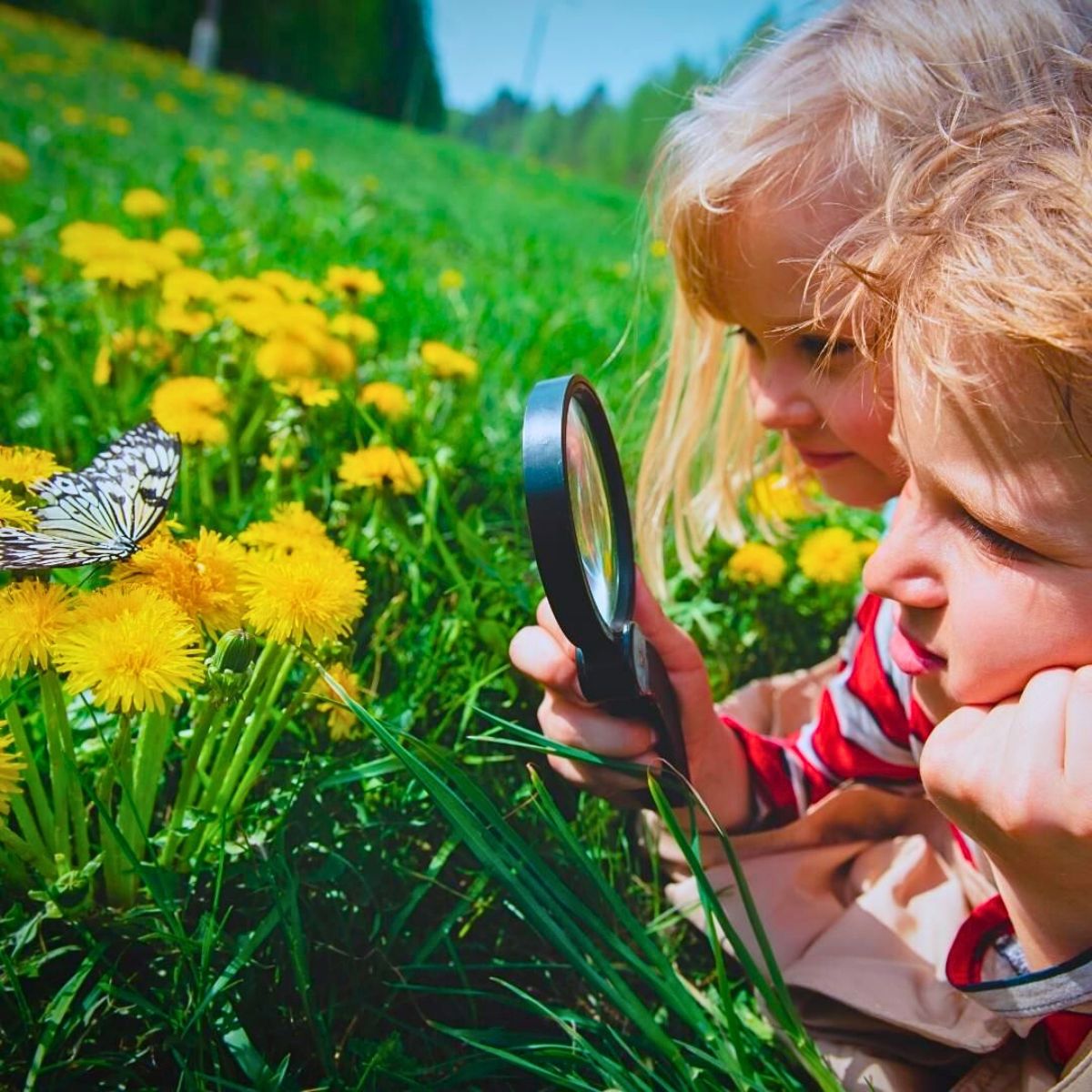
These forest schools also create a new generation of environmental stewards and leaders, promote sustainable living practices, and reduce global carbon footprint. Moreover, they improve mental health outcomes and reduce anxiety and depression, while enhancing academic performance and cognitive development.
The concept can also be an intervention strategy for children and young people who are at risk or disadvantaged in social, behavioral, or economic ways. Research shows that disadvantaged pupils who attended forest school had increased academic achievements and attendance at school in comparison to those who did not attend these sessions.
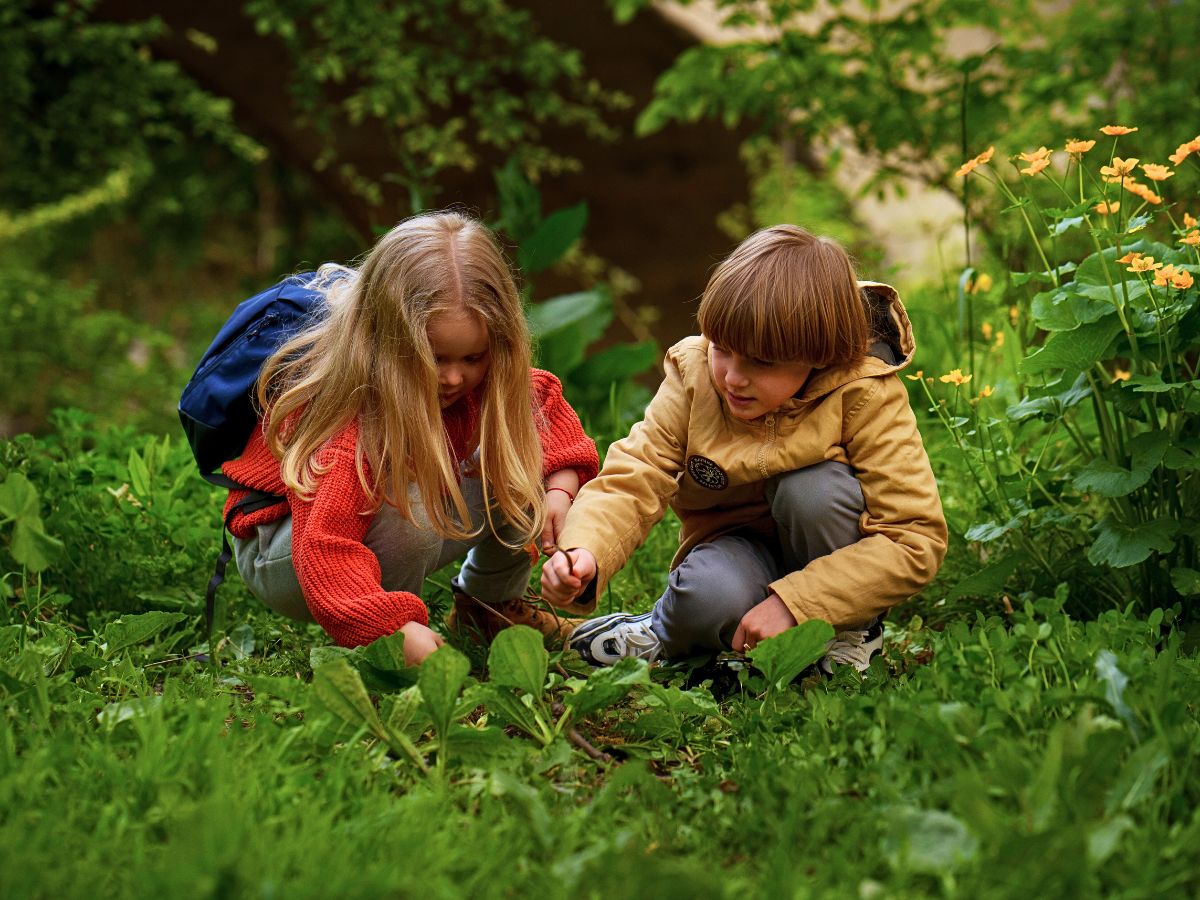
Forest schools’ importance can, therefore, not be overstated. They provide a unique and valuable learning experience that has a positive impact on children's development and well-being now, and even in their later years.
Feature image by freepik, header image by @theforestschoolassociation.

